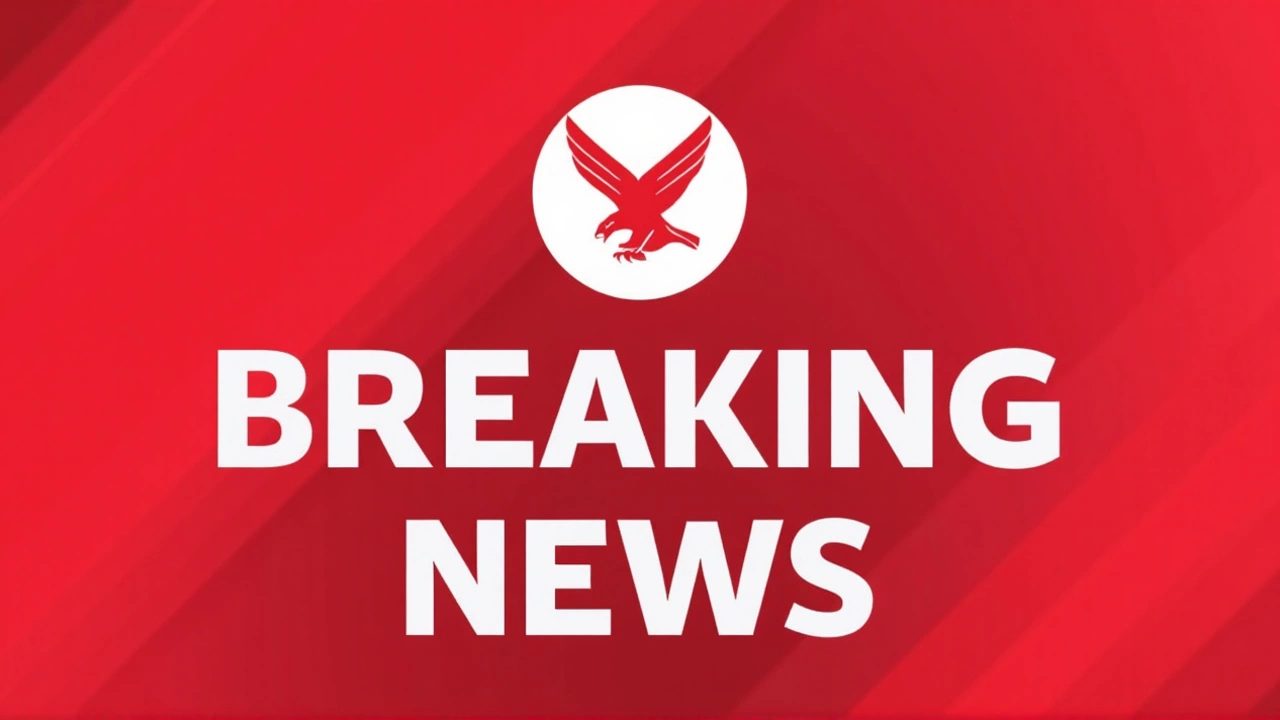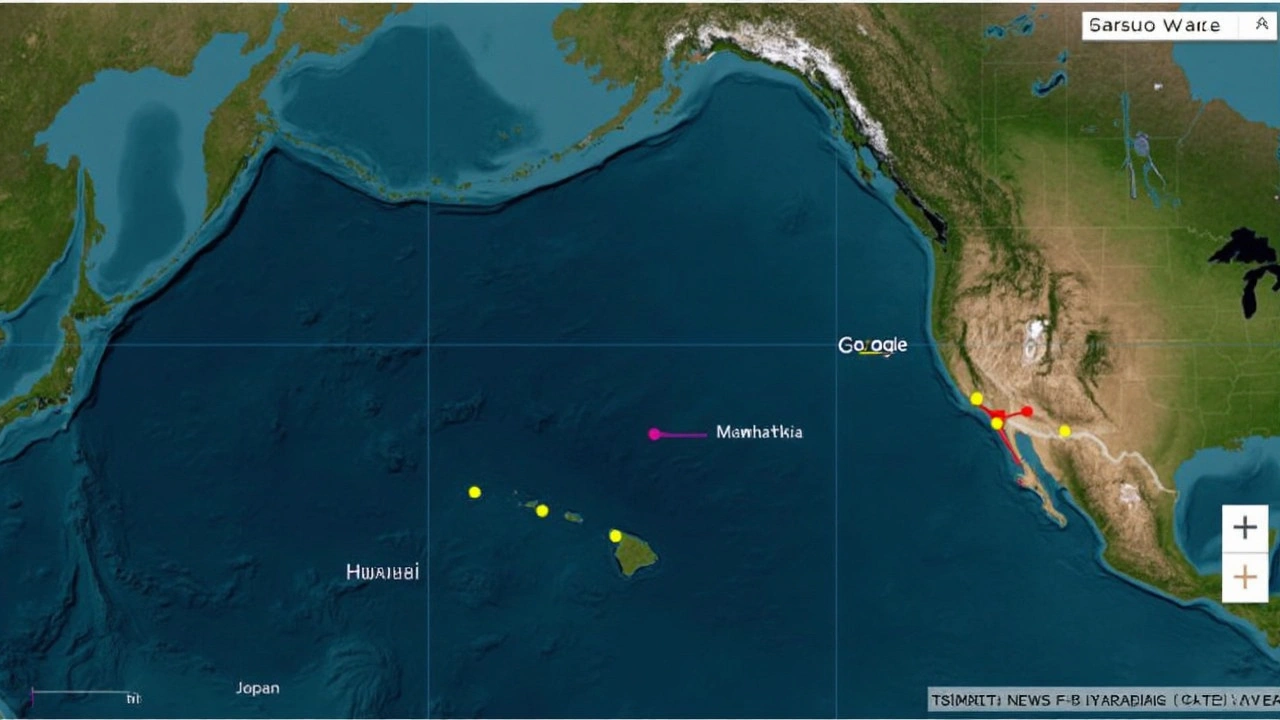Massive Quake Off Kamchatka Sends Tsunami Threat Across Pacific
The earth shook near Russia's far eastern coast, but the ripples are being felt across the Pacific—most of all in Hawaii. At 11:25 AM on July 29, 2025, local time in Russia, a colossal magnitude-8.8 earthquake struck just 78 miles offshore from Petropavlovsk-Kamchatsky. This wasn’t your everyday quake: its power was first measured at 8.0, just to be bumped up twice as more seismic data flowed in. That kind of escalation gets everyone’s attention, especially if you live anywhere near the ocean.
With the Pacific Tsunami Warning Center issuing a watch for all Hawaiian Islands, the sense of anxious anticipation set in. Scientists scrambled to comb through ocean sensor data, trying to nail down if giant, destructive waves were on a collision course with paradise. Officials zeroed in on 7:17 PM HST for the possible arrival of any tsunami waves—serious, but just a ‘watch’ for now, not a full-blown evacuation order. That means people should stay alert and keep their ears to official sources but shouldn’t run for the hills unless they hear otherwise.

Public Response: Staying Alert, Not Alarmed
Hawaii County, Kauai, and Maui County authorities worked in lockstep, pumping out updates across TV, radio, and social media. Their plea to residents: keep 911 lines clear for real emergencies—if you need info, check reliable channels, including automated phone updates or sign up for wireless texts. The National Weather Service in Honolulu rolled out automated updates via a dedicated phone line, letting callers hear the latest advisories without jamming emergency systems. Authorities on Kauai even recommended signing up for Wireless Emergency Notifications for instant news in your pocket.
The quake’s impact wasn’t just felt in the Pacific—Japan and Sakhalin, Russia, quickly called for evacuations in their own coastal areas. Scientists reported the first sign of wave action as a 4-foot surge reached Oahu, but no serious damage was confirmed in Hawaii. Emergency managers promised updates every hour, so people could follow the situation as it developed. If you’ve lived in Hawaii for long, you know the drill: pay attention to local alerts, don’t call 911 unless it’s truly urgent, and only consider leaving your home if officials make the call.
So far, no major road closures or evacuations were announced, but travelers were told to check special hotlines for any last-minute changes. Those living near the water kept a wary eye out, but streets and beaches stayed calm—at least for the moment. Emergency teams were on alert, but confident in their preparations for whatever might come.
The story wasn’t over as of the latest updates. Oceanographers continued to analyze wave data while state and local teams kept their response plans updated. The whole saga put Hawaii’s emergency alerts into sharp focus, showing just how rapidly alerts can travel when nature unleashes its power out at sea. Residents, tourists, and officials found themselves in a tense waiting game, watching for the next update and hoping for calm seas in the wake of such a massive quake.





